Leitch Harris UDC-5212 Red LED Digital Wall Clock SMTPE Timecode Display *READ* [Used]
( 235893018305) )
Leitch Harris UDC-5212R Red LED Analog Digital Wall SMTPE/EBU Timecode Clock Display
Excellent,
Near
Mint
Cosmetic Condition · Note One Bad 'Seconds' LED at 0:54
Photos show the actual item for sale. Red LED version.
Operates on 115V AC. Note that it seems like one of the
sweep second LEDs at 0:54 has failed. See image above.
The UDC-5212 is an all-LED digital clock with an analog sweep seconds display and central 7-segment-digits display. It may operate as a time-code-reading clock or as a digital SMPTE/EBU serial time code reader, simply displaying the input time code.
In addition to SMPTE/EBU time code, the clock can operate on the internal quartz time base, or from the 50/60 Hz power line. This three-way reference capability allows easy integration into new or existing clock systems.
Features
- Completely self-setting with SMPTE/EBU time code input or battery back-up
- Absolutely silent (no moving parts)
- Built-in quartz time base oscillator with battery back-up
- Simultaneous analog LED display of seconds and digital display of hours, minutes, and seconds
- May be operated as a time code reader for use with countdowns
- Digital display is user-selectable between HH:MM:SS/MM:SS.FF, 12/24 Hour, or date
- May be configured as a time code generator to drive other clocks
- LED brightness is separately adjustable
- Runs on 60 Hz, 115VAC power line
- Automatic primary/secondary drive selection
- User-programmable time offsets
The UDC is available in wall- or rack-mounting versions. The
wall-mount model can be easily adapted to rack-mount. The
standard clock face has 0.8" tall digits which may display
HH:MM:SS or MM:SS.FF, depending on the DIP Switch settings.
Surrounding the clock face are 72 individual LEDs, one for
each second, plus an extra one every fifth second. The extra
LEDs every fifth second are continuously illuminated, while
the remaining 60 LEDs are activated one per second. The
brightness of the digit, second, and marker LEDs are all
separately adjustable.
Clock Operation
Clock installation is simple when SMPTE or EBU format time
code is available. Apply power, connect time code, and the
clock takes care of the rest, instantly setting to the correct
time.
If time code fails, the colons flash twice per second to signal its absence, and the clock automatically switches to the preselected secondary reference. This can be the internal quartz time base or power line. Any time discrepancy on return of time code is instantly corrected. This also applies to time code changes, such as Standard Time to Daylight Savings Time.
Time Offsets
The Harris CSD-3902 master clock system driver allows
programming of time code user bits. This facility can be used
to include a specific time offset in the time code. The
operating mode of one or more UDCs in a system can then be set
to read this offset. A typical application is the display of
GMT in addition to local time.
Additionally, UDCs may be preset to display an offset from local time. This local offset allows the display of any or all time zones at one location. This offset is user-programmable from one second to 23:59:59.
Time Code Reader Operation
The UDC accepts time code in SMPTE, EBU, or SMPTE
Drop Frame formats. Time code values are followed
continuously, either up, down, or stopped values. In the
absence of time code, the colons separating the digits will
extinguish, and the last value will remain on display.
When used with the Harris CSD-3902 master clock system driver, the units can be switched to display the date instead of the time, in either MM:DD:YY or DD:MM:YY format.
Master Operation
When no source of time code is available, the UDC may
be configured as a time code generator, using its internal
quartz crystal. An internal cable change is all that is
required. The secondary reference must be set to internal, and
the time code format DIP Switch must select either SMPTE or
EBU format.
When used as a generator, the UDC can drive multiple high-impedance, time-code-reading devices.
Secondary Drives
The internal crystal oscillator or the power line
reference may be selected to provide automatic back-up if time
code fails. Either time base can also be used to run the clock
as a stand-alone device, when necessary. The UDC automatically
detects the presence of 50 or 60 Hz power line frequency.
Battery Back-up
If AC power is lost, the UDC maintains time
internally via a crystal oscillator. Self-setting to this time
will occur if no input time code is available on power-up.
REAR PANEL FACILITIES
Primary Drive Connectors
The rear panel input connectors for time code are
color-coded (red/black), spring-loaded speaker-type
connectors. A standard three-prong AC receptacle is also
provided.
Mode Configuration
A six-position DIP switch is used to set the UDCs
operating modes. The first switch selects clock or time code
display. The second switch selects SMPTE or EBU time code
format for use when operating as a generator. The third switch
selects the secondary drive, which will be used if the time
code input fails. The secondary reference may be the internal
quartz crystal oscillator or AC power line. The fourth switch
selects either normal time code operation or time offset
(requires time code from CSD-3902). This allows certain clocks
in the system to display a different time, according to an
offset programmed into the user bits of the time code. The
fifth switch specifies whether the clock should run from the
preselected primary or secondary drive, or display the date.
The sixth switch is used to select the display format. 115 or
230 VAC selection is made via internal wire jumpers; 50 or 60
Hz detection is automatic.
Other operating modes include progressive LED illuminated sweep and display of date.
Manual Setting
When operating in a mode other than time code, the
clock can be accurately set by means of three miniature
pushbuttons on the rear panel. One of the buttons selects the
manual set mode. The other two buttons change the time display
in appropriate increments. These buttons are also used to
program a local offset from time code.

![Leitch Harris UDC-5212 Red LED Digital Wall Clock SMTPE Timecode Display *READ* [Used]-www.prostudioconnection.com](http://prostudioconnection.com/cdn/shop/files/57_53b2961c-4117-4322-87b0-656163bd323e_{width}x.jpg?v=1735721673)
![Leitch Harris UDC-5212 Red LED Digital Wall Clock SMTPE Timecode Display *READ* [Used]-www.prostudioconnection.com](http://prostudioconnection.com/cdn/shop/files/57_a409966a-9b9e-4ae6-8b8d-f87a151cddc9_{width}x.jpg?v=1735721674)
![Leitch Harris UDC-5212 Red LED Digital Wall Clock SMTPE Timecode Display *READ* [Used]-www.prostudioconnection.com](http://prostudioconnection.com/cdn/shop/files/57_c8488c0c-1eaf-487a-b034-a57b9ecdf880_{width}x.jpg?v=1735721676)
![Leitch Harris UDC-5212 Red LED Digital Wall Clock SMTPE Timecode Display *READ* [Used]-www.prostudioconnection.com](http://prostudioconnection.com/cdn/shop/files/57_5ba81a25-f9f3-463c-b2af-8572418f6ce1_{width}x.jpg?v=1735721677)
![Leitch Harris UDC-5212 Red LED Digital Wall Clock SMTPE Timecode Display *READ* [Used]-www.prostudioconnection.com](http://prostudioconnection.com/cdn/shop/files/57_fe240efd-99ec-4b89-8b88-31476728c3b4_{width}x.jpg?v=1735721678)
![Leitch Harris UDC-5212 Red LED Digital Wall Clock SMTPE Timecode Display *READ* [Used]-www.prostudioconnection.com](http://prostudioconnection.com/cdn/shop/files/57_74b76284-c001-4456-ae45-862e45f059c2_{width}x.jpg?v=1735721679)
![Leitch Harris UDC-5212 Red LED Digital Wall Clock SMTPE Timecode Display *READ* [Used]-www.prostudioconnection.com](http://prostudioconnection.com/cdn/shop/files/57_150d8488-0f90-4cc9-97ee-eb206329852d_{width}x.jpg?v=1735721680)
![Leitch Harris UDC-5212 Red LED Digital Wall Clock SMTPE Timecode Display *READ* [Used]-www.prostudioconnection.com](http://prostudioconnection.com/cdn/shop/files/57_53b2961c-4117-4322-87b0-656163bd323e_grande.jpg?v=1735721673)
![Leitch Harris UDC-5212 Red LED Digital Wall Clock SMTPE Timecode Display *READ* [Used]-www.prostudioconnection.com](http://prostudioconnection.com/cdn/shop/files/57_a409966a-9b9e-4ae6-8b8d-f87a151cddc9_grande.jpg?v=1735721674)
![Leitch Harris UDC-5212 Red LED Digital Wall Clock SMTPE Timecode Display *READ* [Used]-www.prostudioconnection.com](http://prostudioconnection.com/cdn/shop/files/57_c8488c0c-1eaf-487a-b034-a57b9ecdf880_grande.jpg?v=1735721676)
![Leitch Harris UDC-5212 Red LED Digital Wall Clock SMTPE Timecode Display *READ* [Used]-www.prostudioconnection.com](http://prostudioconnection.com/cdn/shop/files/57_5ba81a25-f9f3-463c-b2af-8572418f6ce1_grande.jpg?v=1735721677)
![Leitch Harris UDC-5212 Red LED Digital Wall Clock SMTPE Timecode Display *READ* [Used]-www.prostudioconnection.com](http://prostudioconnection.com/cdn/shop/files/57_fe240efd-99ec-4b89-8b88-31476728c3b4_grande.jpg?v=1735721678)
![Leitch Harris UDC-5212 Red LED Digital Wall Clock SMTPE Timecode Display *READ* [Used]-www.prostudioconnection.com](http://prostudioconnection.com/cdn/shop/files/57_74b76284-c001-4456-ae45-862e45f059c2_grande.jpg?v=1735721679)
![Leitch Harris UDC-5212 Red LED Digital Wall Clock SMTPE Timecode Display *READ* [Used]-www.prostudioconnection.com](http://prostudioconnection.com/cdn/shop/files/57_150d8488-0f90-4cc9-97ee-eb206329852d_grande.jpg?v=1735721680)
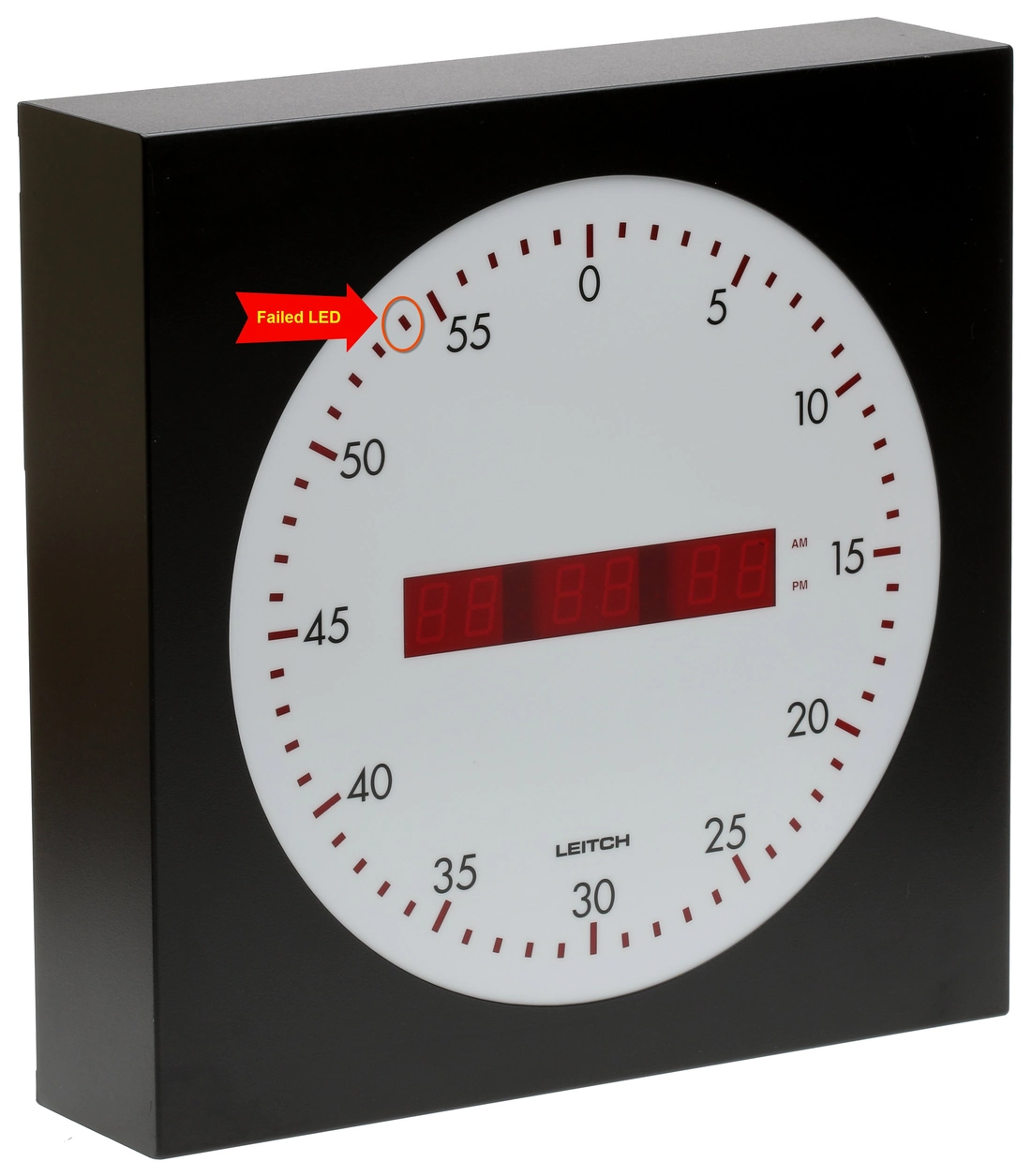
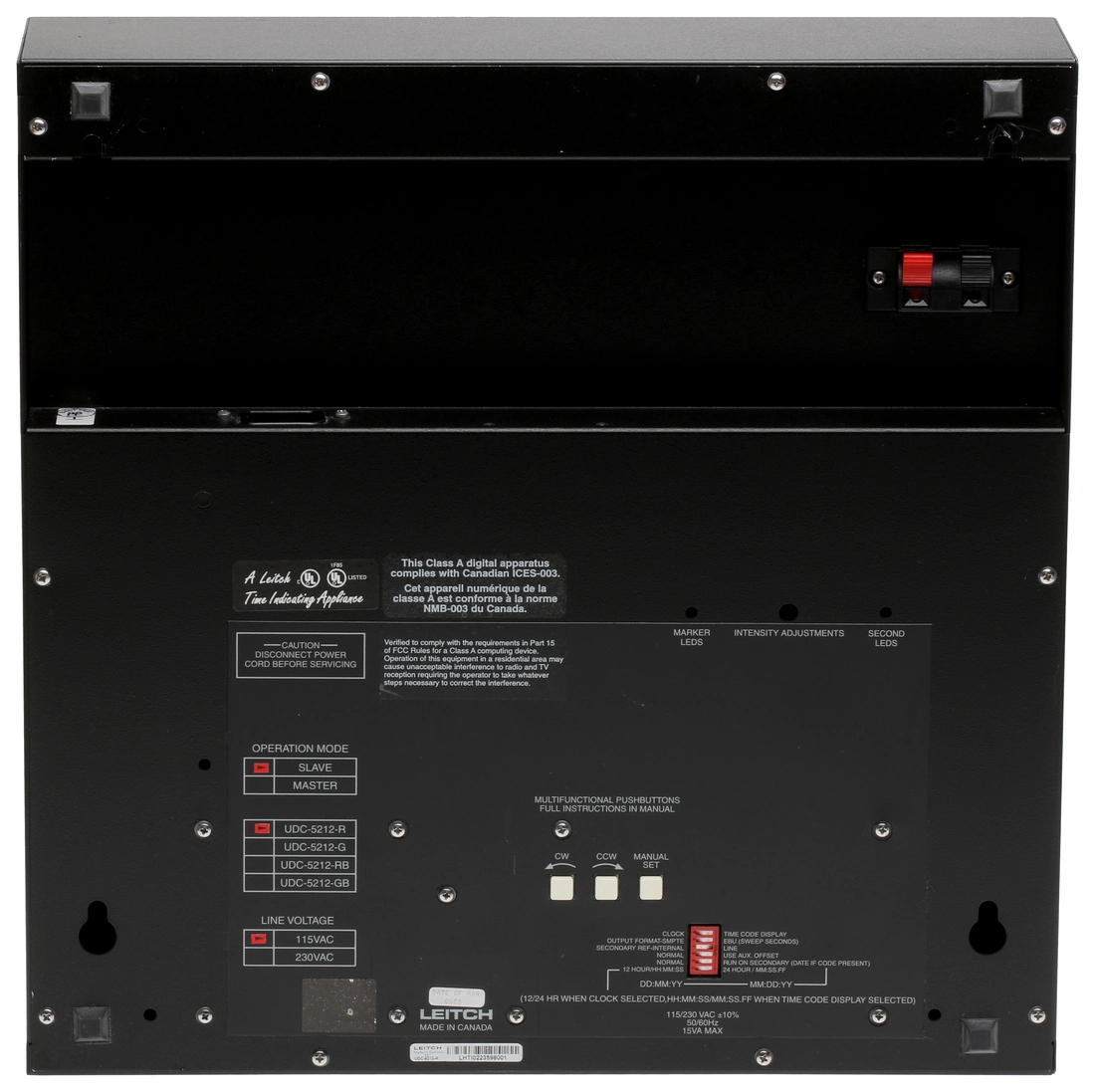
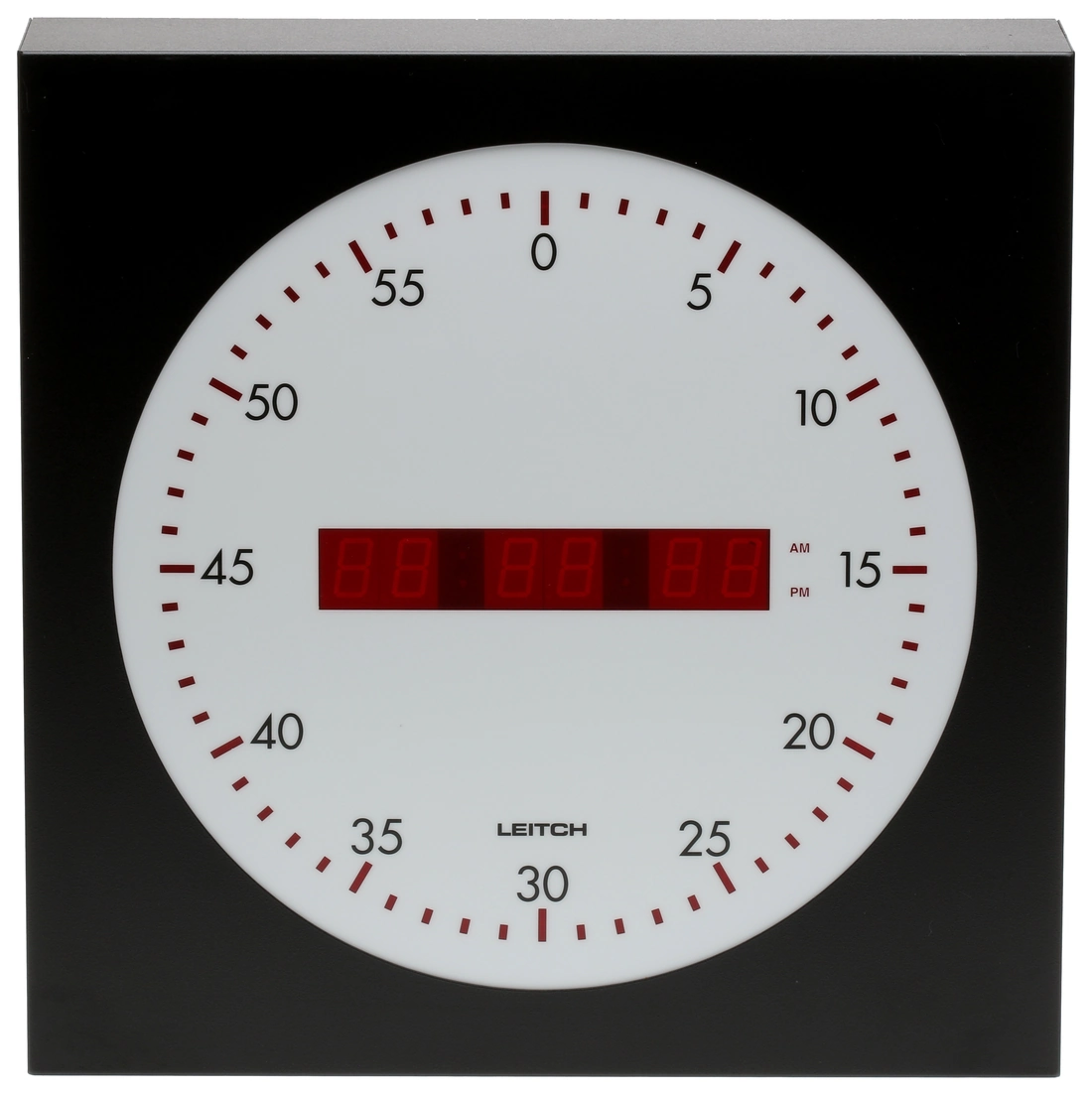
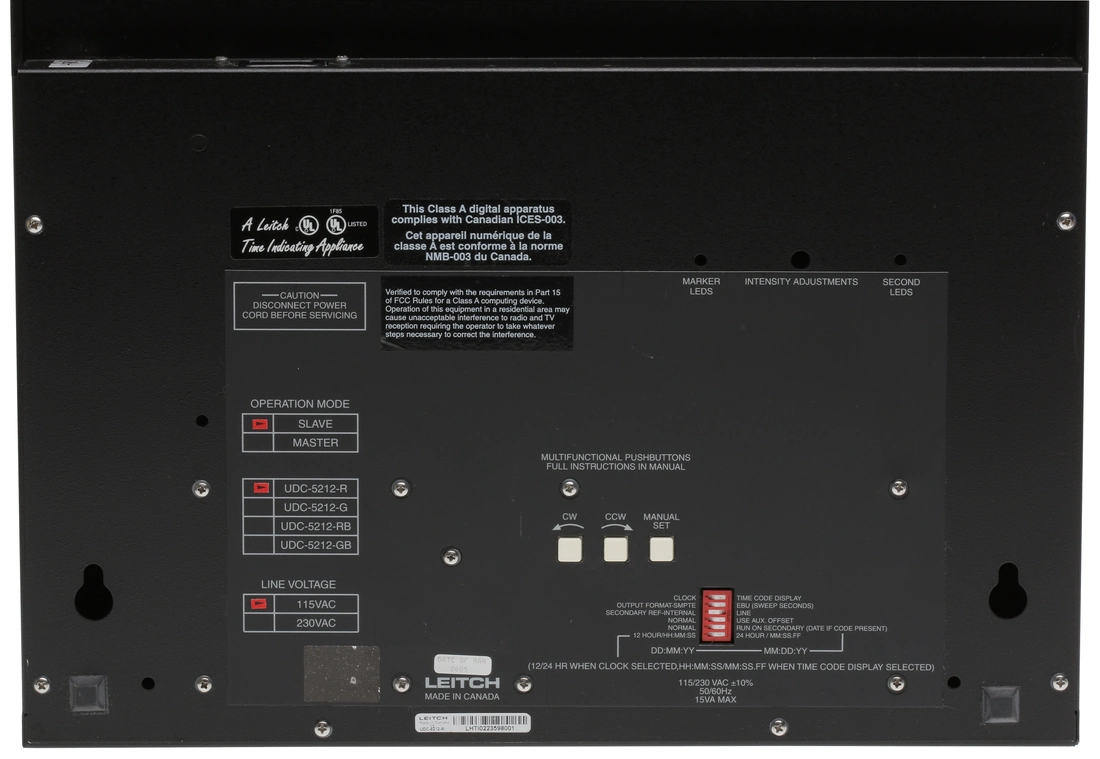
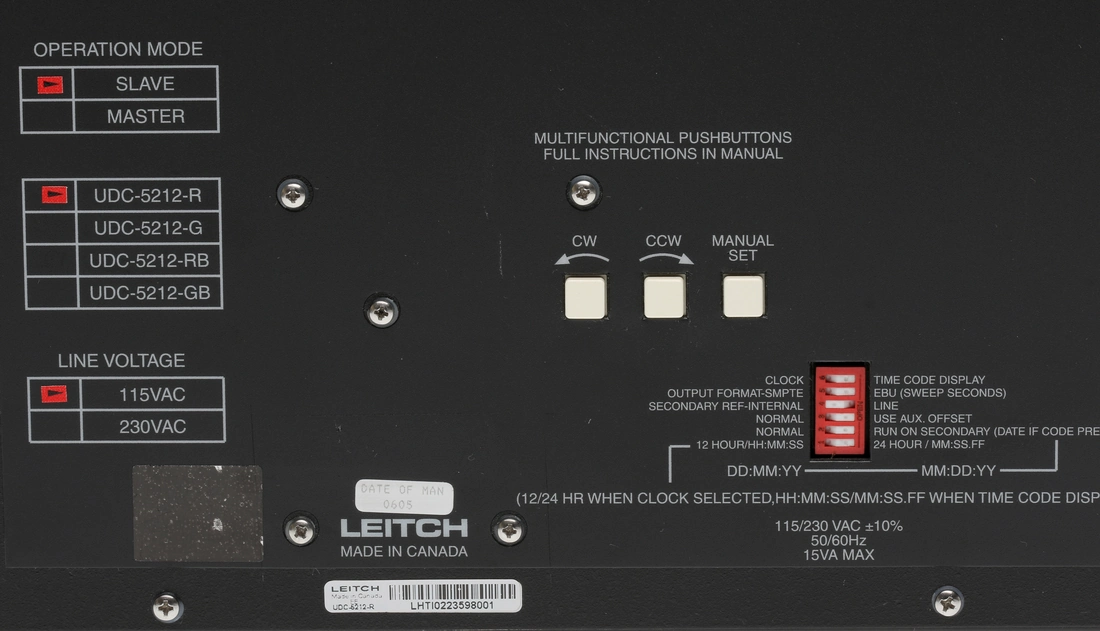
![Arbiter Systems 1084B Opt20 UPGRADED GPS Clock LCD Display ST Fiber Optic IRIG-B [Refurbished]-www.prostudioconnection.com](http://prostudioconnection.com/cdn/shop/files/57_ee390904-f371-4e2c-9d1e-acb76a42c7f3_{width}x.jpg?v=1735981046)

![ESE ES-101 GPS SMPTE/EBU TC90 ASCII RS232 Serial Timecode Generator Source Clock [Used]-www.prostudioconnection.com](http://prostudioconnection.com/cdn/shop/files/57_39bf28ef-5913-48ba-aec1-ae0a06fb6341_{width}x.jpg?v=1735808366)
![Arbiter Systems 1084B Opt20 UPGRADED GPS Clock LCD Display ST Fiber Optic IRIG-B [Refurbished]-www.prostudioconnection.com](http://prostudioconnection.com/cdn/shop/files/57_126ec67e-d0cf-40dc-b587-a8d24c328171_{width}x.jpg?v=1735808352)